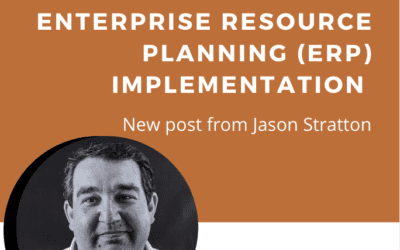Over the past 10 years, the U.S. Financial Accounting Standards Board (FASB) and the International Accounting Standards Board (IASB) have been working together on a plan to overhaul lease accounting.
The primary benefits of leasing will be unchanged under the new rules: Leasing continues to provide a host of advantages, including conservation of cash, maintaining cash flow, providing tax benefits, maximizing flexibility, improving asset management and providing overall convenience.
While the new lease accounting rules approved earlier this year won’t become effective until after December 15, 2018, for public companies and December 15, 2019, for private companies, companies will need time to get ready.
Deciphering the Changes
The main change in the new standards will impact how operating leases are accounted for on corporate balance sheets. Instead of appearing as a table of future payments in the footnotes, they will appear on the balance sheet, as an asset and liability, but as a non-debt liability.
The new rules will also have a limited effect on debt covenants, though the rules for classifying whether a new contract is a capital (finance) lease or an operating lease are virtually the same under Generally Accepted Accounting Principles (GAAP) standards. Under the new rules, the capitalized asset cost with operating leases will be lower compared to a loan or cash purchase, so it is still important that the lease be an operating lease even though it is capitalized.
Putting a Plan in Place
Although the new rules don’t go into effect for another two or three years, businesses should take a closer look at processes, collect data and start making a plan now. The following list from the Equipment Leasing and Finance Association suggests areas to address that will help make the lease accounting changes go smoothly:
- Inventory all equipment lease and rental contracts. Knowing the amounts and nature of contractual obligations and terms of your leases will enable you to understand your company’s accounting and tracking needs.
- Identify IT/software requirements. To determine if the technology in place will meet new standards, ask your accounting software vendor how they plan to support the changes.
- Review your debt covenants. Although the lease accounting changes will have limited effect on debt covenants, discuss any potential implications with your bank or creditors.
- Seek out industry expertise and counsel. In addition to getting accounting expertise, you’ll want to consult with your equipment finance provider. Providers have hands-on experience, informational resources and advice on industry best practices to help you assess the possible impact of the changes on your current and future leasing needs.
- Enact a plan. With the information you’ve gathered, you can start planning the budget and resources necessary for updates and systems changes to support the new rules. You may want to think about creating a transition timeline and forming a transition team consisting of key members of your staff to guide your transition preparations.
Businesses that start looking at internal processes and preparing now to make the required lease accounting changes will be at an advantage when the new guidelines take effect. For more information about how the changes impact your business, speak with a trusted financial partner.
Jefferson Peters is the Equipment Finance Officer covering the State of Oregon & SW Washington, for Key Equipment Finance & KeyBank NA. He can be reached at Jefferson.peters@key.com or 503.353.2152.




